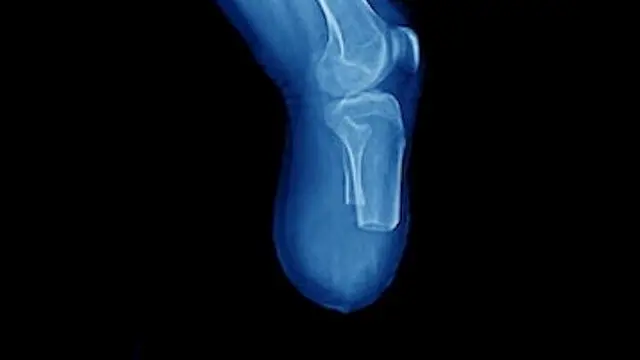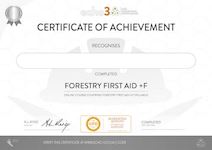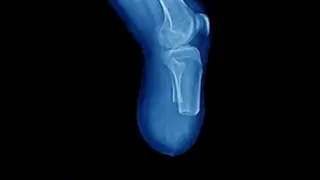
Wilderness First Aid
Accredited | 5-star rated | 60 mins | Same-day certificate | Quick & Easy
ECHO3 EDUCATION LIMITED
Summary
- Certificate of completion - Free
- Exam(s) / assessment(s) is included in price
- Tutor is available to students
Add to basket or enquire
Overview
Work or recreation in the Wilderness brings additional complications in a first aid emergency. Mainly that emergency care will take longer to arrive.
This online Wilderness First Aid course provides the knowledge needed to attend to a wide range of medical emergencies in the wilderness.
Certificates
Certificate of completion
Digital certificate - Included
Valid for 3 years. Emailed on completion
CPD
Course media
Description
Wilderness First Aid Learning Outcomes
- Develop understanding of emergency planning and communication
- Know how to respond to a medical emergency in remote and hard to reach environments
- Know how to get specialist help to a casualty as quickly as possible
- Learn how to recognise and treat a range of injuries, including catastrophic bleeding, crush injuries and spinal injuries
- Learn how to recognise and treat a range of environmental medical emergencies, including hypothermia, Lyme disease and insect bites
Wilderness First Aid Course Content
Wilderness First Aid Unit 1: Emergency planning
In this first unit we will look at the importance of forward planning to prepare you to respond to a first aid emergency. This includes risk assessment, planning to evacuate a casualty, emergency communication and first aid equipment.
Wilderness First AidUnit 2: Emergency response
In this second unit you will learn how assess the environment around a casualty. We look at the immediate steps you should take when helping a casualty, as well as how to continue supporting them as you wait for medical help to arrive. Finally, we discuss the need for first aid consideration for hazards specific to a forestry and/or remote environments.
Wilderness First Aid Unit 3: Managing catastrophic bleeding
A traumatic injury resulting in catastrophic bleeding requires fast action, and it requires the right action. In this third unit we look at how to recognise and treat catastrophic bleeding. We explain how applying pressure can stem bleeding. We also explore how to use tourniquets and haemostatic dressings. Finally, we explain after care and how to deal with shock.
Wilderness First Aid Uni 4: Recognising and responding to injury
Next, in unit four we look at how to recognise and respond to a range of injuries, including amputation, crush injuries and head and spinal injuries. These types of injury can often be immediately life-threatening, and both quick thinking and quick action are required.
Wilderness First Aid Unit 5: Environmental hazards and illnesses
In addition to accidental injury, a range of specific environmental hazards can result in a medical emergency in forestry, agricultural or other remote environments. These include extreme hot or cold conditions, as well as illness as a result of insect and snake bites. In this unit we explore first aid response to these environmental hazards.
Wilderness First Aid Unit 6: Course Assessment
Finally, you progress to the 15 question multiple choice quiz.
Learner reviews...
"Quick, easy and nicely presented." 5 stars
"Very impressed about the course it easy and simple straight forward. Thank you." 5 stars
"This is exactly what I wanted!" 5 stars
"Have used before. Great prices. Will use again many thanks." 5 stars
Who is this course for?
Anyone working or spending a lot of time in the wilderness. Particular those undertaking risky activities like logging, mountain biking or climbing.
Requirements
There are no set requirements before taking this Wilderness First Aid course
Career path
Anyone wishing to work in a forestry environment will benefit from this Wilderness First Aid course
Questions and answers
Currently there are no Q&As for this course. Be the first to ask a question.
Reviews
Currently there are no reviews for this course. Be the first to leave a review.
Legal information
This course is advertised on reed.co.uk by the Course Provider, whose terms and conditions apply. Purchases are made directly from the Course Provider, and as such, content and materials are supplied by the Course Provider directly. Reed is acting as agent and not reseller in relation to this course. Reed's only responsibility is to facilitate your payment for the course. It is your responsibility to review and agree to the Course Provider's terms and conditions and satisfy yourself as to the suitability of the course you intend to purchase. Reed will not have any responsibility for the content of the course and/or associated materials.



